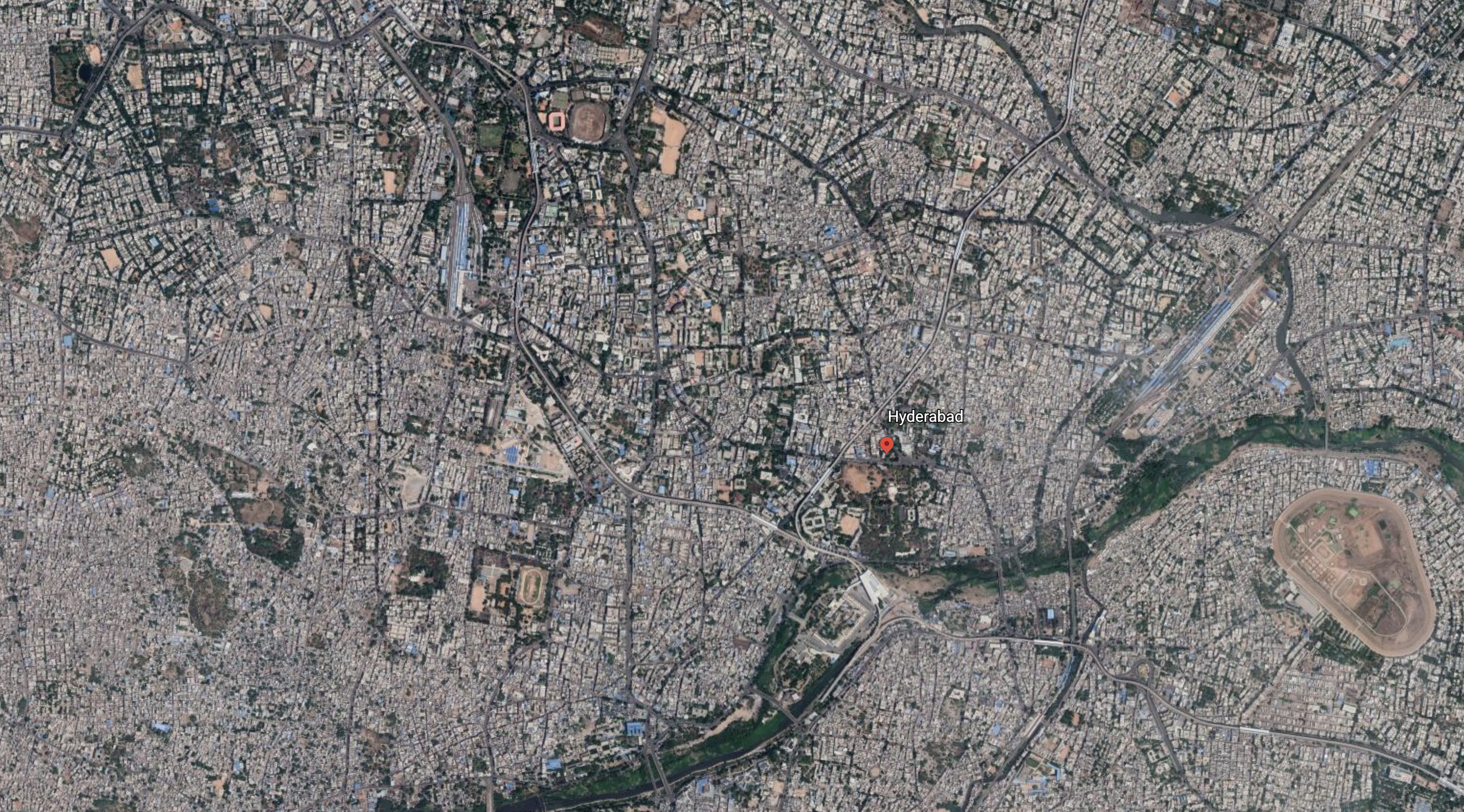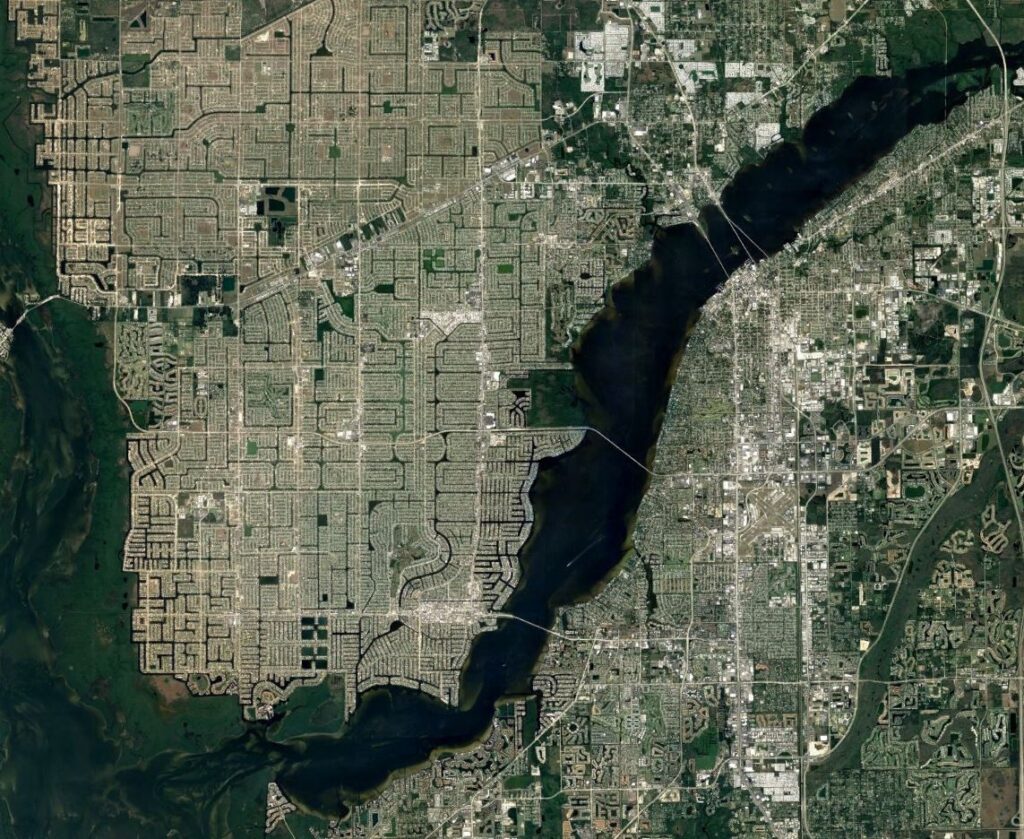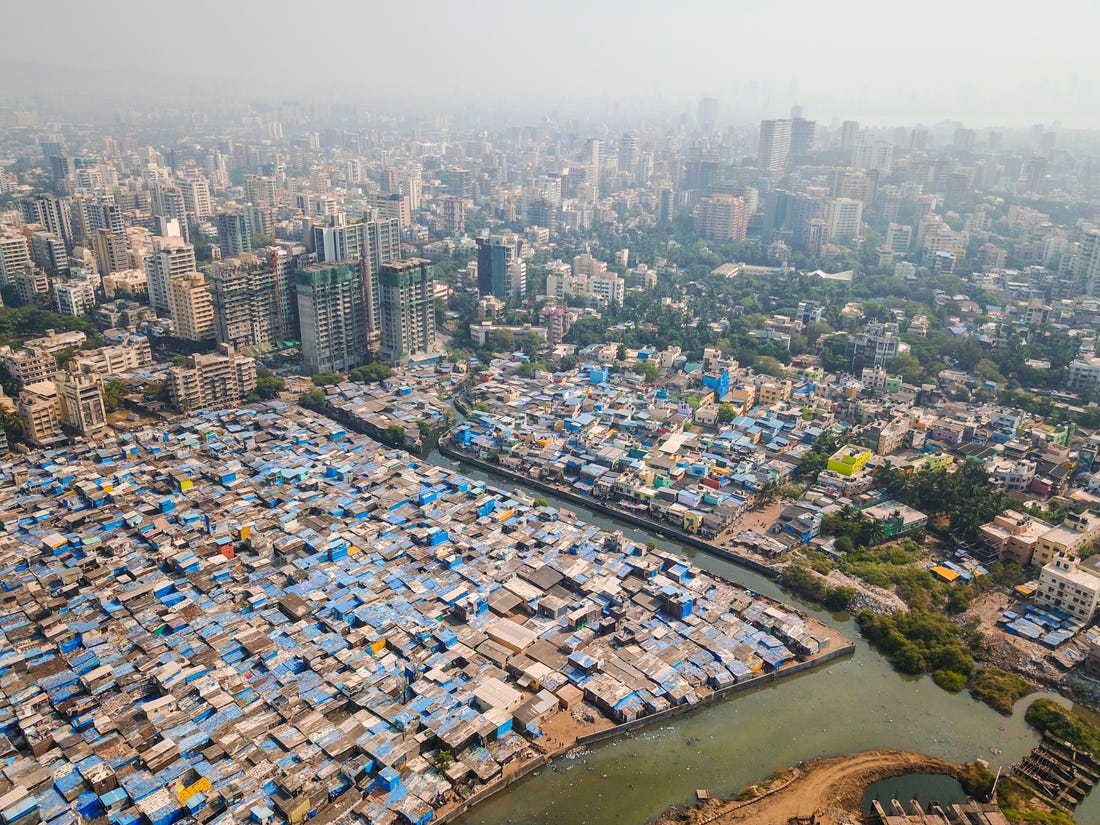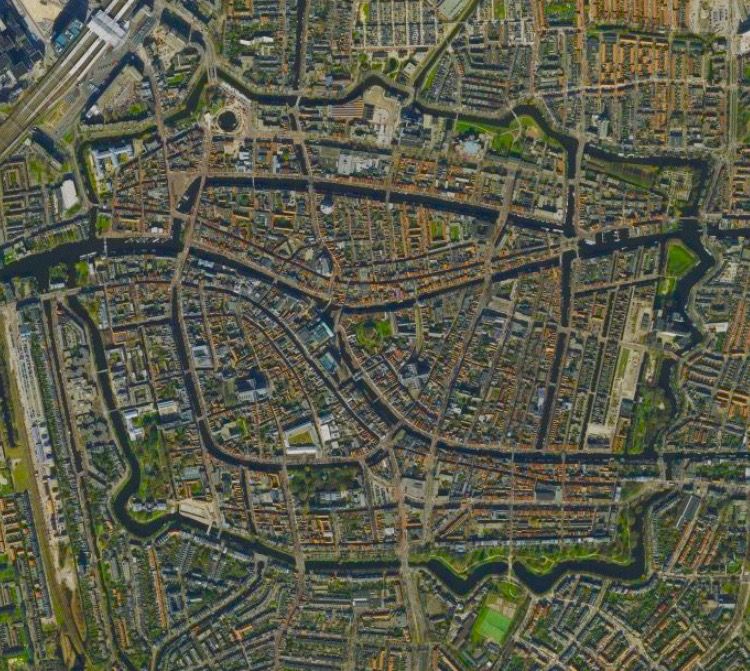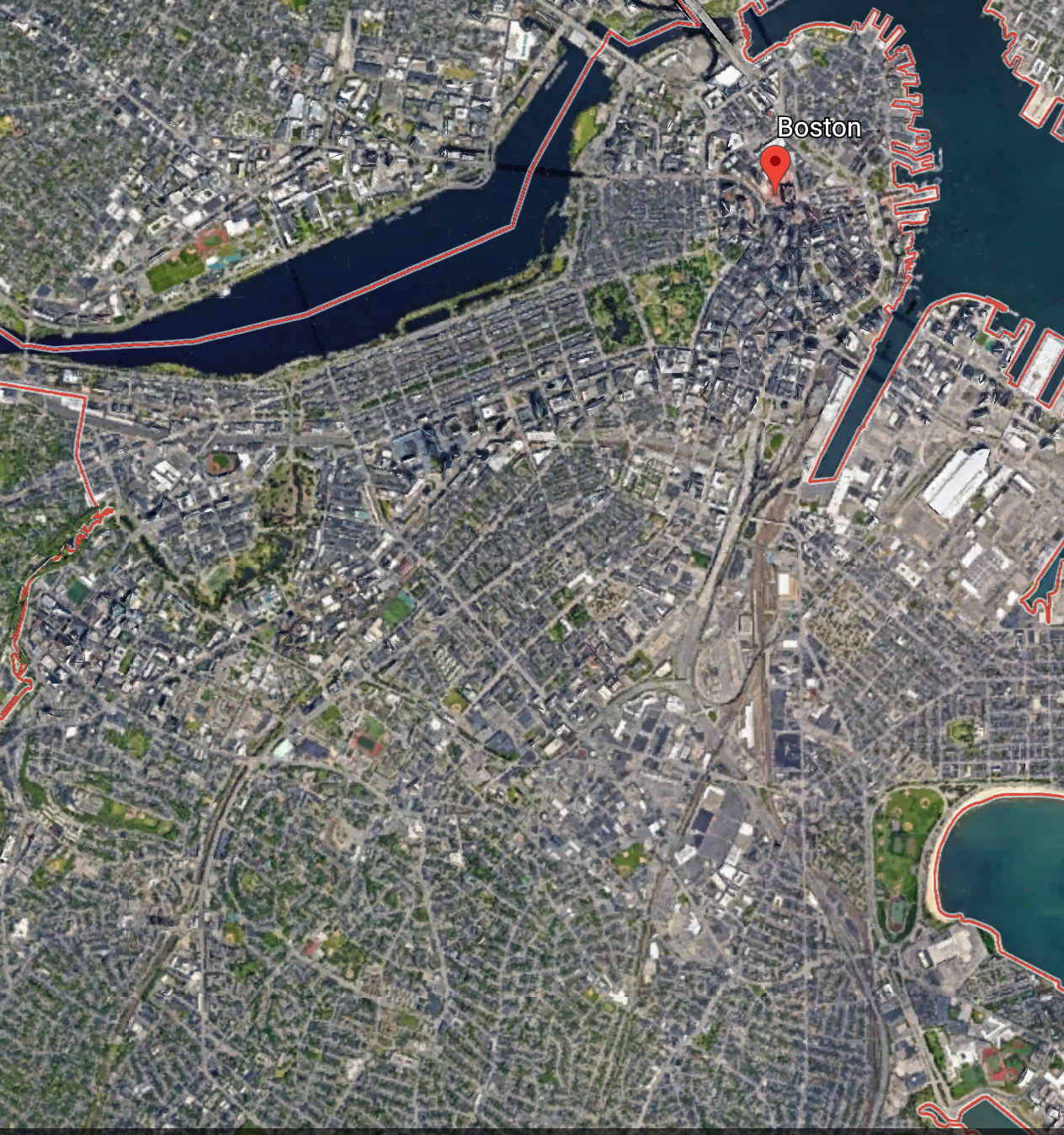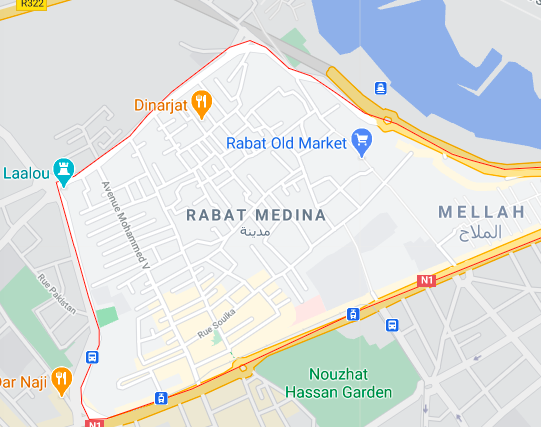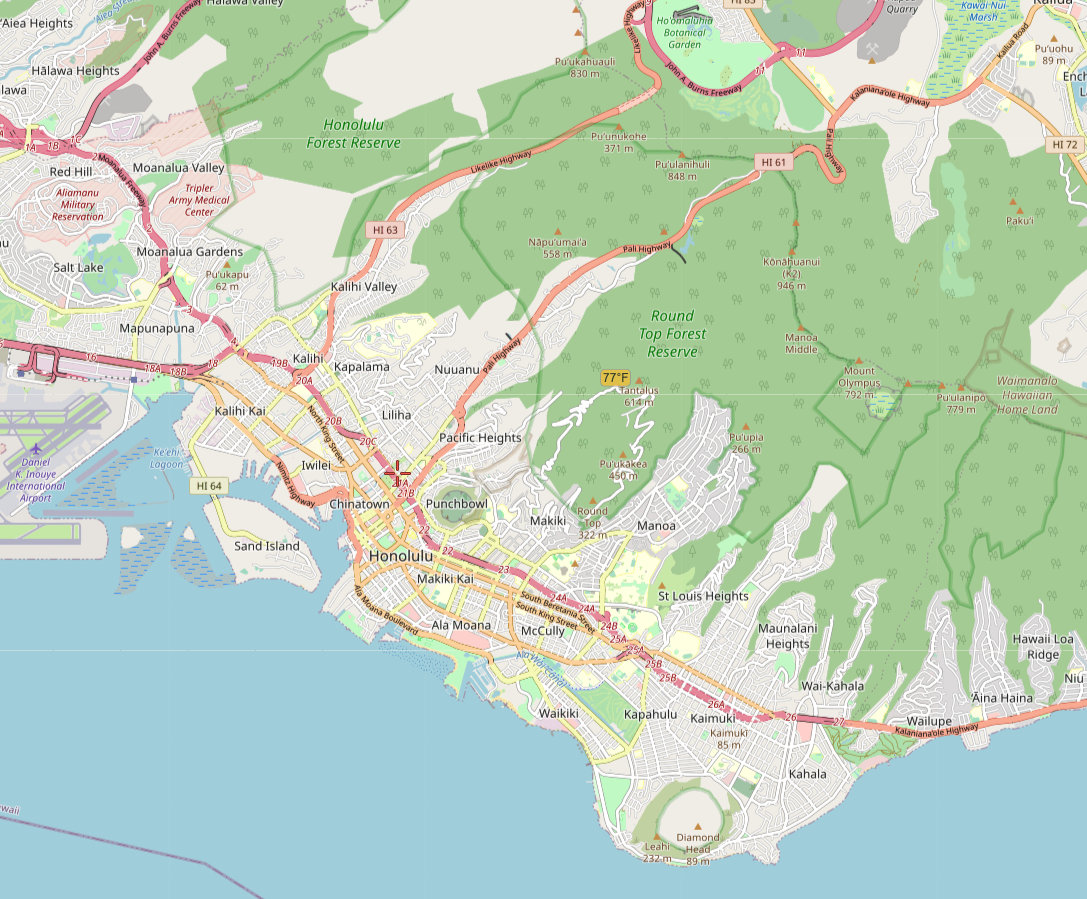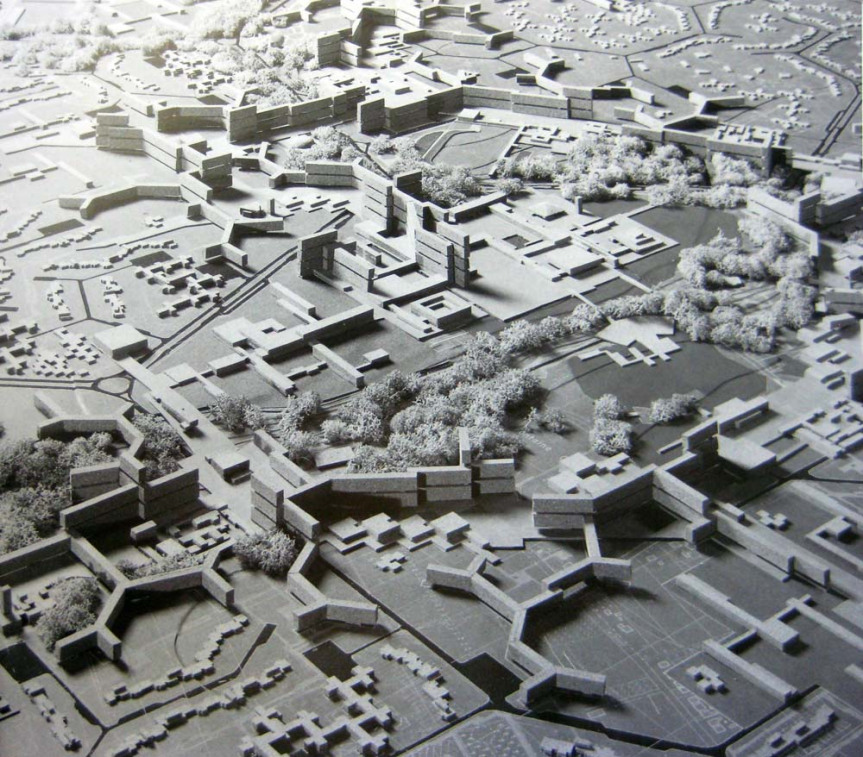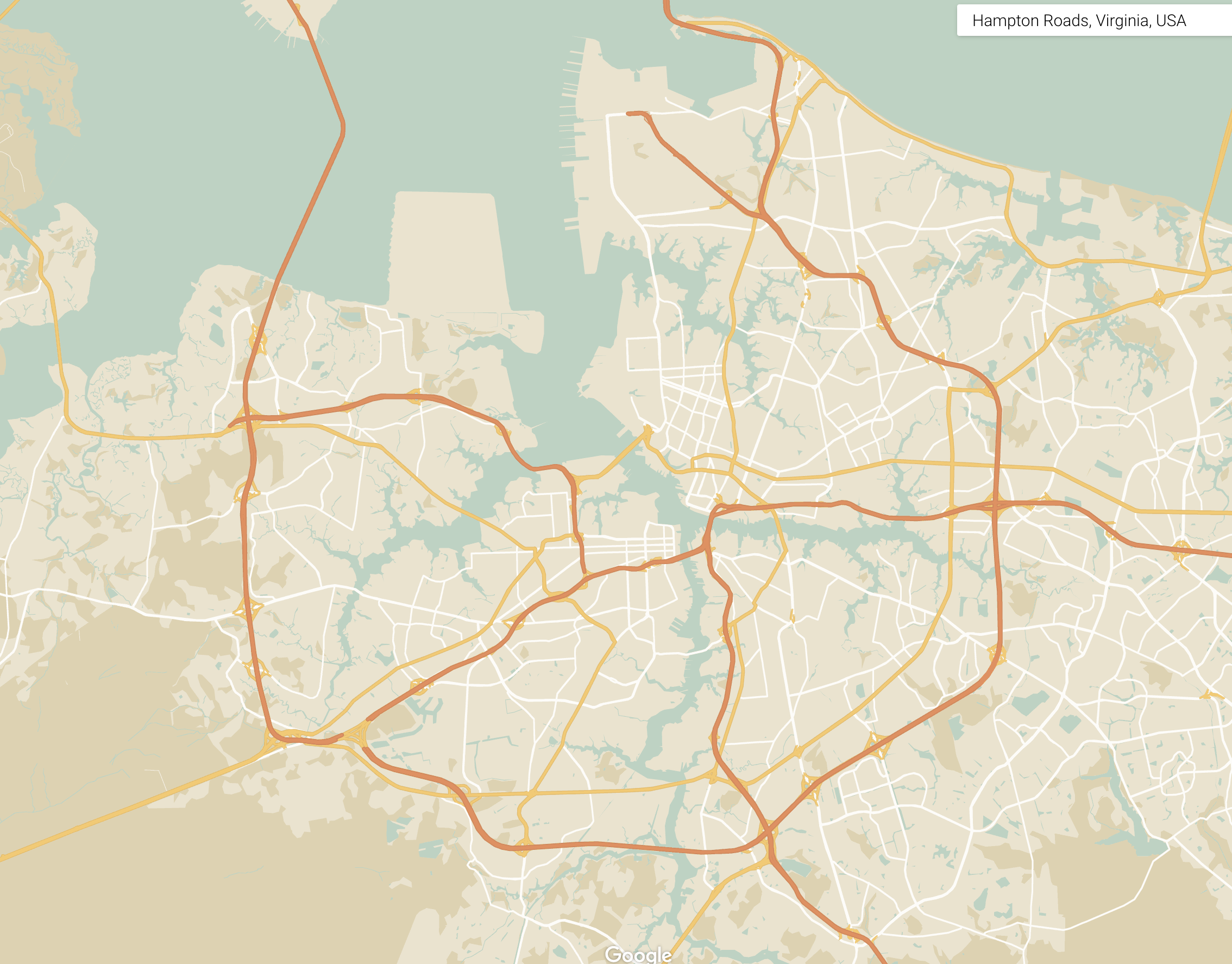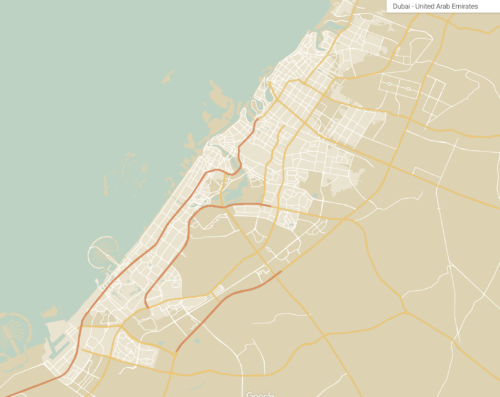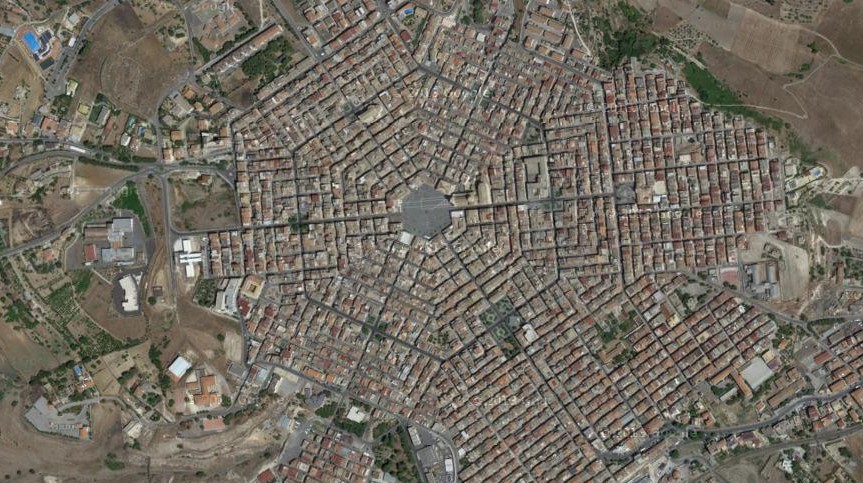Cremona, Italy
The population of Cremona would agree that the cathedral square is their center. The most important buildings to the city are placed there, like the Romanesque cathedral, the Torrazzo, the octagonal baptistry, the city hall, and the Loggia dei Militi. The city is most famous for its musical history, being the birthplace of Claudio Monteverdi and Antonio Stradivari. It contains The School of Violin and Viola Makers and a museum of antique stringed instruments. Along with its musical influence, Cremona is also a center of agricultural and dairy produce, hosting a market weekly. It manufactures agricultural machinery, silk textiles, bricks, and pianos.

